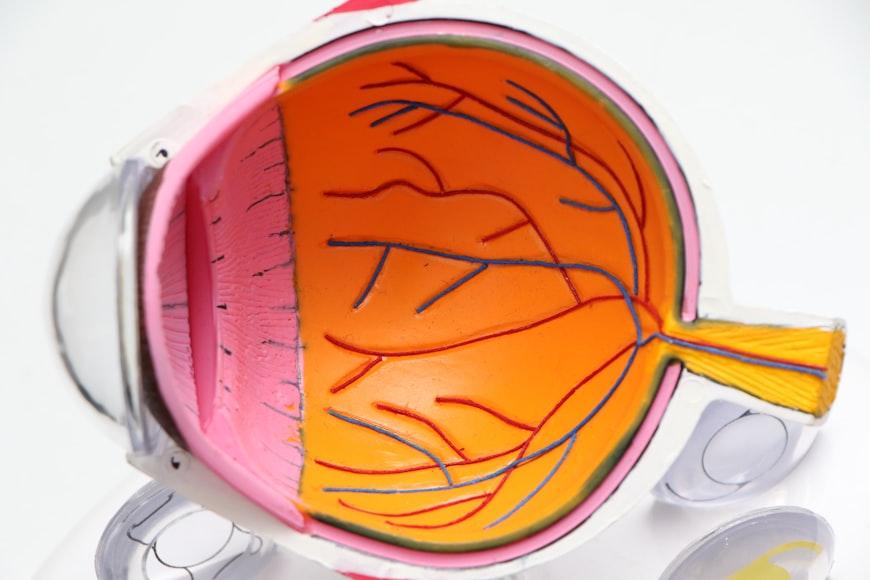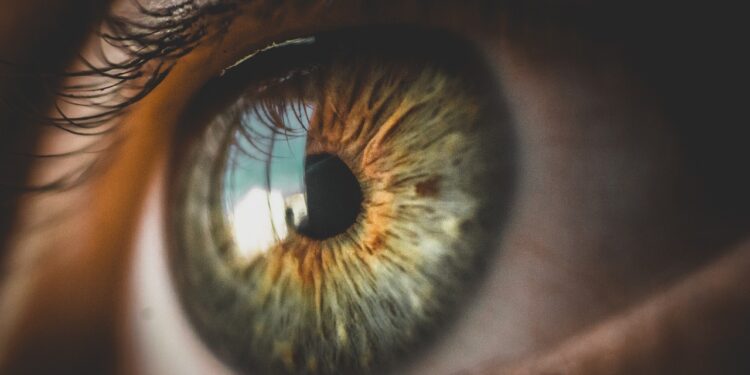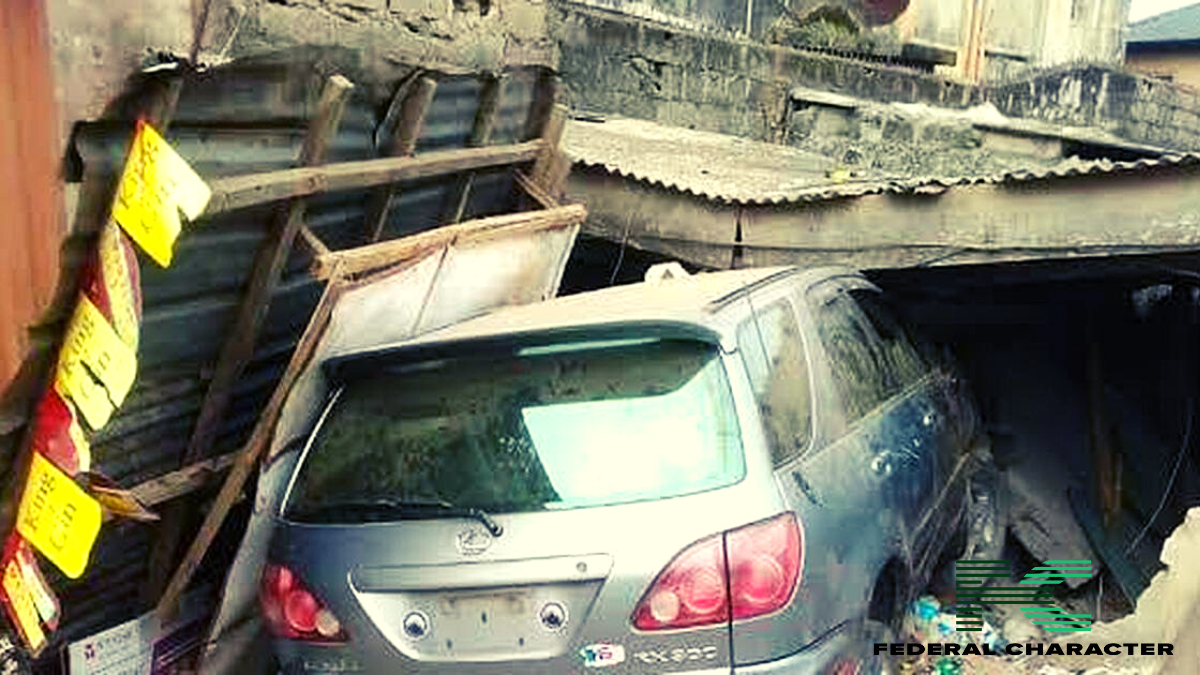One of the many health conditions that goes unnoticed is glaucoma. Glaucoma slowly steals the sight until it’s too late to recover. It is known as the silent thief of sight, and it is a group of eye conditions that damage the optic nerve. One of the main functions of the optic nerve is to send images from our environment to the brain to interpret. Most types of glaucoma are linked to high pressure inside the eye, and this high pressure is usually caused by problems with fluid drainage.
In the eyes, there is a fluid that surrounds it called aqueous humor. This fluid is basically what helps the eyes stay healthy. However, there needs to be a balance of this fluid in the eyes, and for that reason, the fluid drains naturally. In a case where the fluid in the eyes doesn’t drain, it causes the pressure in the eyes to get higher, which can damage the optic nerve over time. For this article, we’ll look at how glaucoma is being diagnosed and the available treatment options for this condition.

Diagnosing Glaucoma
The diagnostic procedure for glaucoma mainly involves two things: checking for high pressure in the eyes and looking for any damage in the optic nerve.
Eye exam: Firstly, the doctor will examine the inside of the eyes, looking closely at the optic nerve, which is the part of the eyes that is affected by glaucoma. The doctors will also use tools to look directly at the optic nerve to see if it has any signs of damage. This part of the exam usually involves looking into a bright light, which lets the doctor get a good look at your eye’s internal structure.
Tonometry: Following that, the doctors will check for the eye pressure, this procedure is called tonometry. As part of the eye exam, the doctor will measure the pressure inside your eyes, and a high eye pressure is one of the main signs of glaucoma.
So, to measure eye pressure, the doctor would put in a few numbing drops to make sure you didn’t feel anything. Then, he’d use a tonometer, to gently touch the surface of your eye. This tool reads the pressure inside your eye. In some cases, they may use a puff of air test, where a quick puff of air is directed at your eyes to measure the eye pressure.
Visual field test: Another thing glaucoma does is affect the sides of your vision. As a result, the doctor will test your peripheral (side) vision, to find the areas where vision loss has started. You’ll be asked to look straight ahead at a screen or machine with blinking lights in different areas. While you keep looking straight, you’ll press a button each time you see a light flash. This test maps out your full field of vision. If there are spots you can’t see, the test will show that.
Optic nerve imaging: In some cases, the doctor uses a machine to take a detailed picture of your optic nerve. This imaging helps the doctor to get a clearer view of the damage. The good thing about this test is that it is quick and painless. You’ll simply look at a screen or into a small device that takes a high-quality image of your optic nerve.
Treatment for Glaucoma
Eye drops are usually the first line of treatment for glaucoma. They help to reduce the pressure inside the eyes by either helping the fluid to drain better or reducing the amount of fluid the eyes make. However, if the eye drops are not enough, laser therapy may be needed.
The doctor will use a laser to improve fluid drainage in the eyes. This is a quick procedure and can effectively reduce eye pressure. There are different types of laser treatment, but all of them are aimed at helping the eye fluid to drain properly.
In a case where medication and laser therapy aren’t enough to control the eye pressure, then the doctor may recommend surgery. In glaucoma surgery, the doctor creates a new pathway for the fluid to drain, which can help to keep the pressure down. This surgery of different types payloads to the patient’s specific needs.
Bottom Line
Glaucoma is a disease that gradually damages vision without obvious warning signs. It increases pressure inside the eye, which can hurt the optic nerve; the part that sends what we see to our brain. If left untreated, this damage can lead to permanent vision loss.
Doctors can catch glaucoma early through tests that check eye pressure, look for nerve damage, and assess vision. Treatments often begin with eye drops to lower eye pressure. If those don’t help enough, laser therapy or surgery can create new drainage paths for the fluid inside the eye.

















